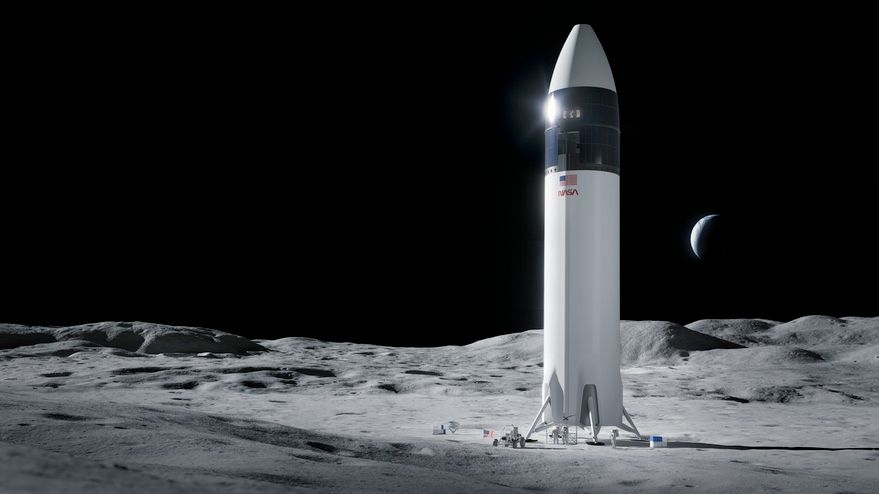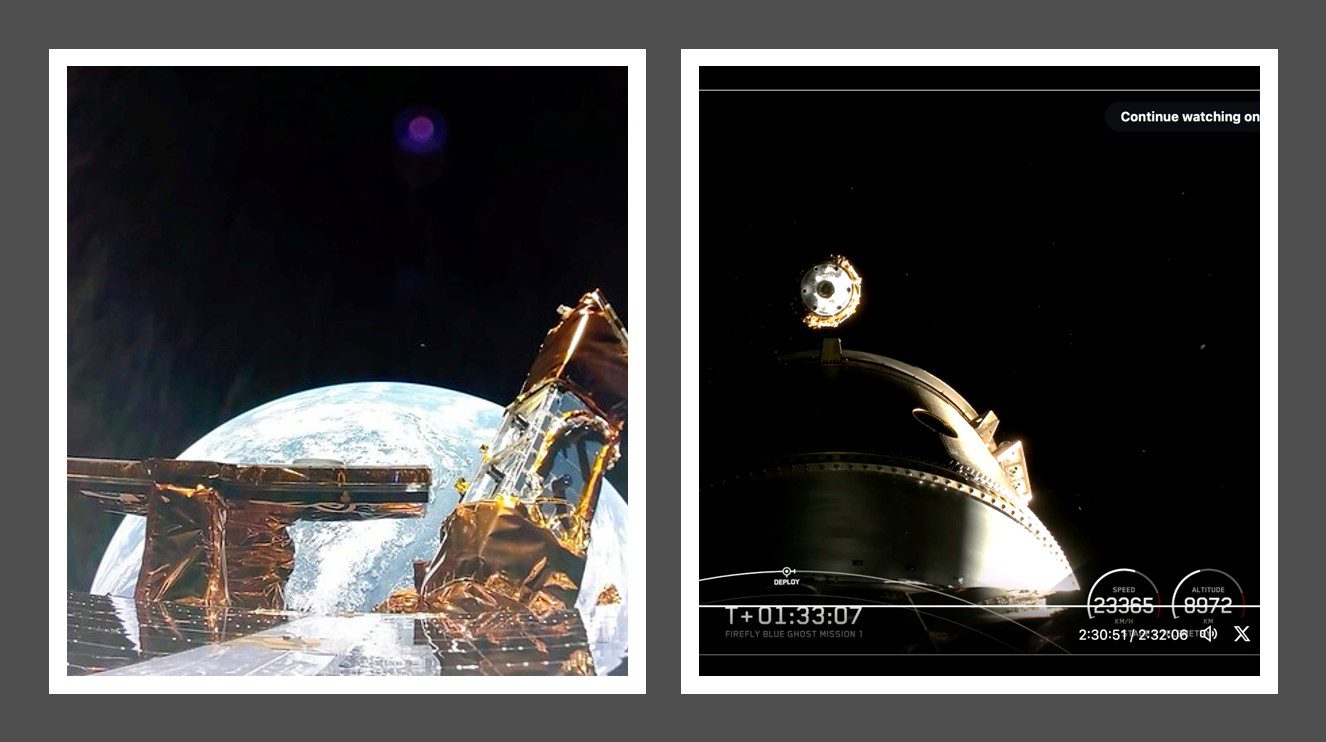The Indian Space Research Organisation (ISRO) successfully launched India’s first Mars probe, the Mangalyaan Mars Orbiter Mission, which was launched by a PSLV-XL from the Sriharikota launch site at 0908 GMT on 5 November 2013. There was a reported very slight over performance of the difficult-to-predict performance of the solid rocket third stage which was compensated for (as expected) by the fourth stage burn. Having reached an initial 247 x 23,566km elliptical orbit around the Earth, the spacecraft separated successfully from its launch vehicle 53 minutes after lift off. The Mangalyaan spacecraft’s the orbit will now be raised in six firings to 600 x 215,000km orbit before final burn will inject the spacecraft into a high efficiency Hohmann transfer orbit. The journey to Mars is expected to last 299 days.
Scientists have plans to insert the satellite in an orbit around Mars on 21 September 2014 where it will be used for atmospheric research with a special emphasis on examining whether methane exists in the Martian atmosphere in significant quantities which might be indicative that life was once present on the planet.
If the mission is successful, the flight would be a filip to the Indian space programme which has been beset with criticism both over its spending on glamorous interplanetary spaceflight rather than more mundane space missions such as Earth resources satellites that would more of a help to its poor, and over its poor success rate especially in respect to its GSLV launch vehicles.
India has also had to endure living in the shadow of its rival China (China is India’s main military and poltical regional rival and not Pakistan as is often assumed) whose manned and lunar space programmes has eclipsed its own smaller scale efforts. However, China has yet to launch a successful mission to Mars. Its attempt sending its small Yinghuo 1 orbiter to the Martian system by hitching a ride with Russia’s Phobos-Grunt mission ended in failure in November 2011 when the Russian probe’s transfer orbital injection went awry. As such, if Mangalyaan reaches the red planet and operates successfully, it would score a point over China.
Space analysts and commentators around the world have noted the relative low cost quoted for this Indian interplanetary mission which has come in at the equivalent of just $70 million – roughly less than a quarter of the price of an equivalent US or European Mars spacecraft and launch. Space flight commentators have also been impressed by the speed of construction given that it was only 14 months since the Indian government originally announced the project.





